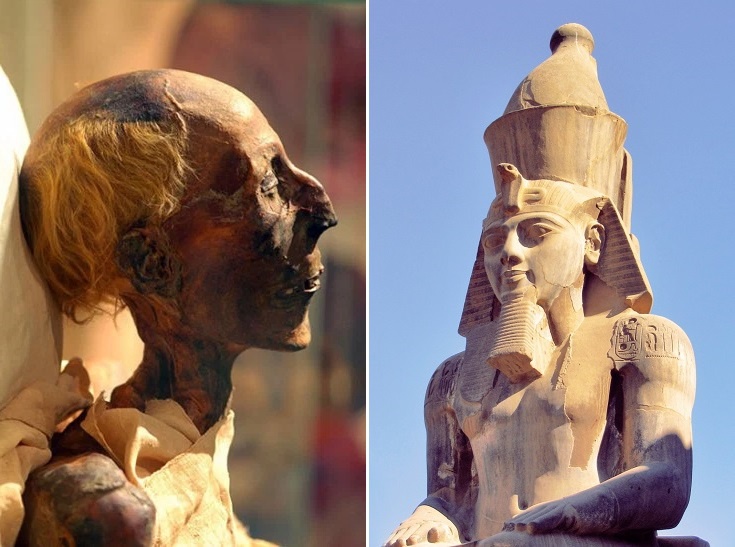
Archaeologists found themselves astonished by the revelations uncovered during an excavation in Cairo, where some of Ancient Egypt’s most treasured secrets emerged. Commencing in March 2017, the dig site, once the residence of Ramesses II, also known as Ramesses the Great, the esteemed third pharaoh of the Nineteenth Dynasty of Egypt, yielded remarkable insights. Ramesses II, whose name translates to “Ra is the one who bore him,” stands as one of the revered pharaohs of the New Kingdom, an era considered the pinnacle of Ancient Egypt’s illustrious history.
As the excavation neared its conclusion, workers unearthed a relic that added to an extensive collection of artifacts from Ramesses II’s reign, including the discovery of a 3,000-year-old temple built by the pharaoh himself. The era of Ramesses II, spanning from 1279 BC to 1213 BC, witnessed the establishment of the city of Pi-Ramesses on the Nile Delta, serving as his new capital and central point for campaigns into Syria and expeditions into the Levant, reasserting Egypt’s influence in the region.
Dr. Dietrich Raue, the co-director leading the excavation, guided the exploration featured in the Smithsonian Channel’s documentary ‘Secrets: The Pharaoh in the Suburbs.’ The documentary showcased archaeologists dismantling pavements and uncovering a stone structure, ultimately realizing they stood atop a colossal chest. Subsequent excavation revealed a massive body and, moments later, the retrieval of a stone head from the groundwater, completing a stunning statue crafted from the revered quartzite material of the time.
Initially believed to represent Ramesses II due to its exquisite material, the statue revealed hieroglyphs preserving the name of a less-known pharaoh, Psamtik I, altering historical perceptions. Dr. Chris Naunton, an Ancient Egypt expert, noted during the documentary that the statue challenged previous assumptions about the period’s history. He emphasized that the statue, previously thought beyond the means of the pharaohs of that time, fundamentally reshaped understanding.
Historical accounts unveiled that Psamtik I ruled Egypt for 54 years, centuries after Ramesses II, from 664 BC. Described by the Ancient Greek historian Herodotus as “one of the 12 co-rulers,” Psamtik I secured the aid of Greek mercenaries to become the sole ruler of Egypt. Following the discovery, Egyptian authorities corrected initial beliefs that the statue depicted Ramesses II, asserting a strong possibility that it represented Psamtik I, as confirmed by Dr. Khaled El Enany, the Egyptian Minister of Tourism and Antiquities.
RELATED ARTICLES
- Ancient Gags: World's 10 Oldest Jokes that are Funny and True Even Today
- US Confirms Egypt WARNED Israel about the Massive Hamas Attack Days Before but Israeli Authorities Ignored Them
- Egypt Sues Netflix For Falsely Depicting Cleopatra As a Black Woman
- Archaeologists discover RARE and possibly the OLDEST gold-covered Egyptian mummy
- Major Rivers Around the World Have Dried Up and Nobody Knows Why











